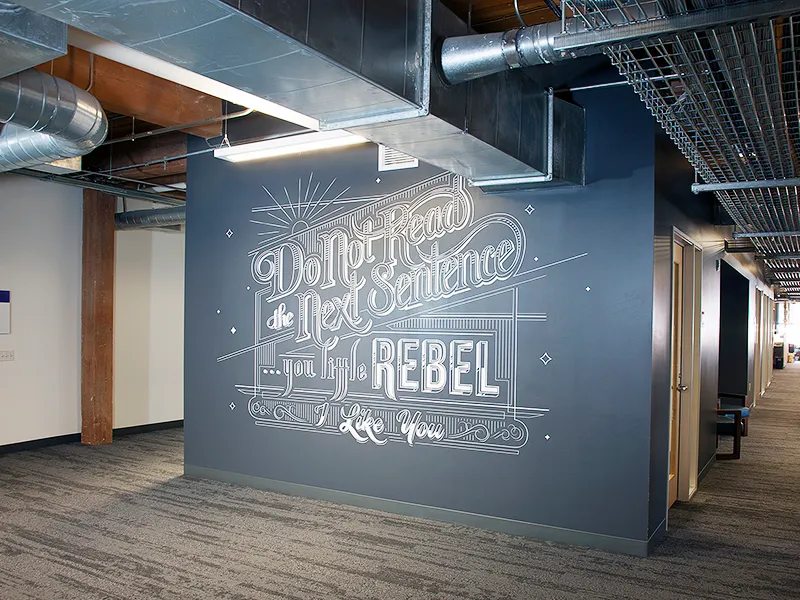Working in confined spaces comes with serious risks, which is why quality training isn’t optional—it’s essential. The right course teaches more than just theory; it prepares workers for real, high-risk scenarios. Knowing what to look for can make all the difference. Let’s explore what makes a confined space course worth every minute.
Covers Real-World Scenarios and Hazards
A confined space training program starts with a clear understanding of what confined spaces actually are. This includes tanks, pits, silos, tunnels, and other enclosed or partially enclosed areas not designed for continuous human occupancy. Training should highlight not only what qualifies as a confined space but also the specific risks that come with entering one. These risks include lack of oxygen, toxic gases, limited entry points, and sudden environmental changes.
Quality training doesn’t just skim over hazards—it dives into real examples and industry-based situations. This keeps learning practical and focused on what’s likely to happen on the job. Workers benefit when they can relate the content directly to what they see on site. Real-life case studies or examples help highlight the consequences of poor preparation.
Includes Hands-On Practical Training
Theory matters, but it’s what happens on-site that counts. A course should provide hands-on activities that simulate entry, work, and emergency procedures. Participants should have the chance to suit up, use safety gear, and practise using communication and entry equipment. The best courses offer controlled, safe environments that allow for repeated practice and correction.
Being able to work with real equipment helps build muscle memory and confidence. When someone has already used the gear in training, they’re less likely to hesitate or misuse it on the job. Practical experience also prepares workers to respond under pressure. A strong course balances classroom learning with time in the harness. Confidence comes through practice, not just paperwork.
Focuses on Emergency Procedures and Rescue Plans
Knowing how to respond in an emergency can save lives. A quality training course includes detailed instruction on emergency procedures. This includes rescue techniques, site evacuation plans, and understanding individual roles during an incident.
- Teaches how to assess a developing emergency
- Covers how to use rescue tools correctly
- Trains teams to respond together and not act alone
- Includes pre-entry emergency planning and communication
- Outlines the importance of a designated standby person
- Emphasises regular drills and simulations
Having a rescue plan isn’t enough—everyone involved must be trained to carry it out. This part of the course is not just about compliance but about real safety.
Provides Up-to-Date Legal and Safety Knowledge
Any training worth doing should meet current Australian WHS regulations. It should explain the legal responsibilities of both employers and workers. Understanding the codes of practice and laws governing confined space work is vital. Participants learn what paperwork is required, from risk assessments to entry permits.
Courses should also cover how to stay compliant across different job sites and states. Up-to-date content means workers aren’t relying on old practices that no longer meet legal standards. Good providers keep their course material current, practical, and easy to apply. Knowing the rules means working within them—and avoiding costly mistakes.
Offers Quality Equipment and Training Facilities
Training environments should reflect what’s used on real job sites. That means courses should use full-body harnesses, gas detectors, retrieval systems, and real-entry setups. Learning to use this gear in a training centre builds familiarity and confidence.
The facility should offer clean, safe, and realistic conditions. This helps workers better understand what confined space work feels like. Centres that invest in proper equipment show they take the training seriously. Outdated or worn gear doesn’t inspire confidence. Real tools and realistic environments make all the difference.
Delivered by Experienced Trainers
Who’s teaching the course matters just as much as what’s being taught. The best instructors bring real field experience, not just textbook knowledge. They’ve worked in the situations they’re teaching and can speak from experience, not theory.
Experienced trainers know how to adapt the content for different industries, making it more relevant. They can answer questions based on actual events and offer tips that go beyond the manual. Their insight helps participants better prepare for the challenges they’ll face on-site. Skilled trainers also spot when someone is unsure and provide the guidance needed. Learning from professionals builds stronger, safer workers.
Course is Recognised and Nationally Accredited
Completing a course that’s nationally recognised gives workers credentials that are respected across industries. This is especially important for those moving between job sites or companies. Accreditation means the course meets government and industry standards.
It also ensures that the certificate is accepted by employers, contractors, and safety officers. Workers gain a portable, verified skill that opens doors to more roles and responsibilities. Choosing a recognised course means the investment in time and effort pays off.
The right training helps save lives, reduce risk, and build confidence for high-risk tasks. A well-delivered confined space training course offers practical learning, real-world application, and full compliance with safety standards. It’s more than just a requirement—it’s a vital step in preparing for safe and effective work in tight, hazardous spaces.








